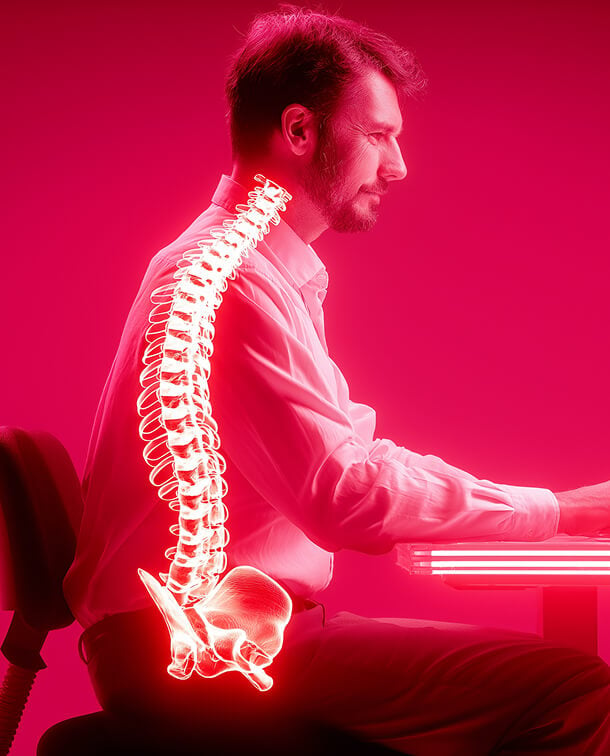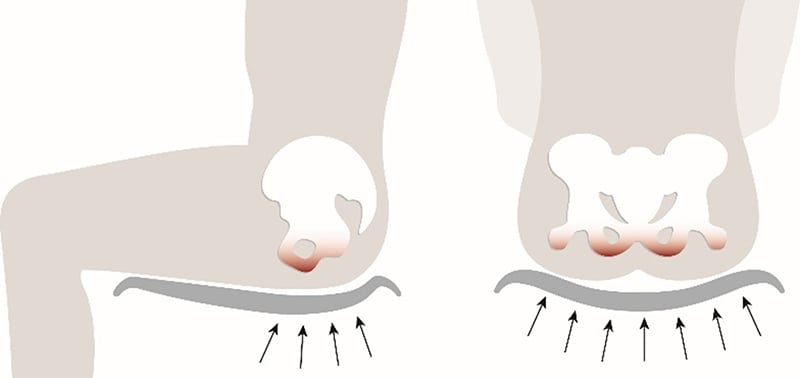Adding a cushion to your office or gaming chair might cause more problems than it solves. As a therapist and posture specialist, I understand the appeal of adding a cushion to your office or gaming chair. After all, who doesn’t want a little extra comfort when they’re spending hours sitting at a desk or gaming? But while it may feel good in the short term, adding a cushion can often do more harm than good.

ANTHROS BLOG
Jan 9th, 2024
Seat Cushion for Office Chair: Why Office Chair Cushions Can Backfire
Adding a cushion to your office or gaming chair might cause more problems than it solves.
As a therapist and posture specialist, I understand the appeal of adding a cushion to your office or gaming chair.
After all, who doesn’t want a little extra comfort when they’re spending hours sitting at a desk or gaming?
But while it may feel good in the short term, adding a cushion can often do more harm than good.
Let’s dive into why this quick fix can actually create more issues, and why proper biomechanical support is the key to long-term comfort and health.

1 Disrupts Proper Posture and Spinal Alignment
Most office and gaming chairs are designed with specific contours and materials that promote spinal alignment and posture support.
When you add a cushion on top, you disrupt this alignment, and the lumbar curve of the chair will hit in the wrong area

Many cushions raise you up higher than the chair intended, which changes the position of your hips and pelvis, often leading to slouching, forward head posture, and pressure in the lower back.
This misalignment over time can cause spinal imbalances and contribute to chronic back pain.
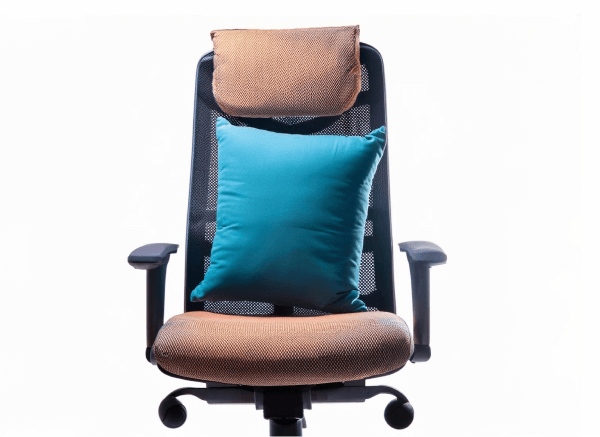
2 Increases Pressure on the Wrong Areas
Most chairs are ergonomically designed to distribute weight evenly across the seat and provide targeted support to specific areas of the body.
When you add a cushion, it can shift the pressure points, especially if the cushion isn’t specifically made for your body or seating style.

Pressure that should be absorbed by the chair’s contour may now be unevenly distributed, leading to numbness, discomfort, and, in some cases, outright pain.
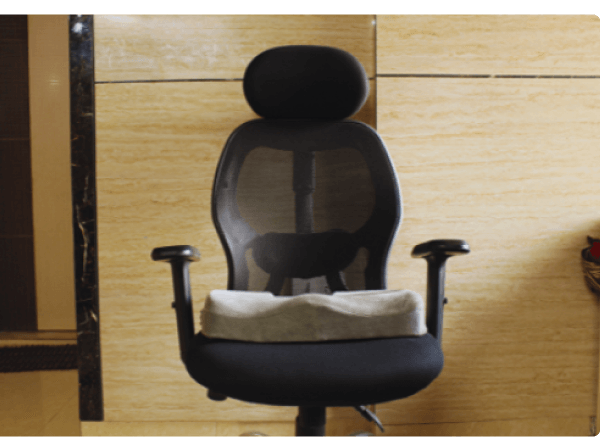
3 Alters the Chair’s Center of Gravity
Adding an external cushion can change the chair’s center of gravity.
If you’re gaming, you may lean forward or shift frequently, and this change in seating height can make your chair feel less stable.

This is especially problematic for gaming chairs designed for movement and recline, as it can make them less responsive to your needs and lead to instability.
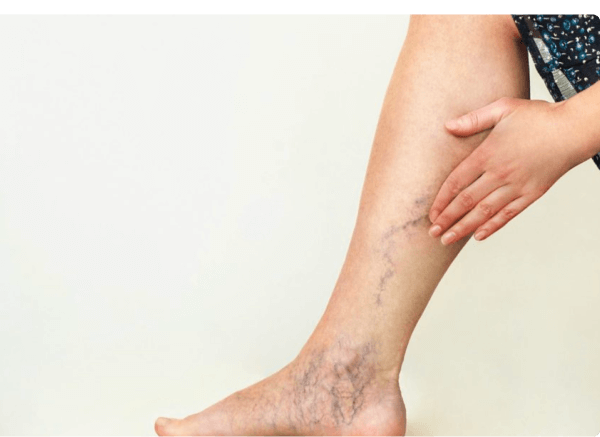
4 Can Cause Circulation Issues
When you add a cushion, it often disrupts the chair’s ability to properly support your legs and allow for circulation.
If your legs aren’t fully supported due to being raised too high or placed at an awkward angle, circulation to the lower extremities can be compromised.

This can lead to uncomfortable symptoms like numbness, tingling, or swelling in your legs and feet, especially during prolonged sitting.
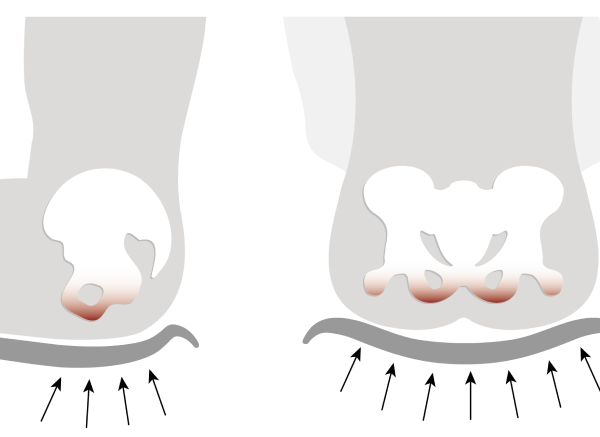
5 Short-Term Comfort, Long-Term Consequences
While the cushion might feel nice initially, it’s a band-aid solution.
Adding more padding can mask discomfort without addressing the root cause of why your chair feels uncomfortable.

Many people add cushions to compensate for issues like poor support or subpar chair design, but this quick fix can actually exacerbate underlying ergonomic issues.
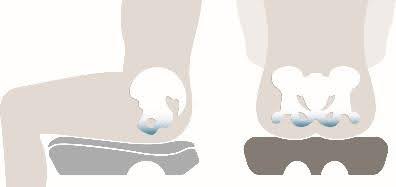
What’s the Solution?
The ideal solution is an office or gaming chair specifically designed with biomechanical support in mind. A well-designed chair provides:
Contoured Seat Support: Built-in contouring that cradles your body, allowing for even weight distribution.
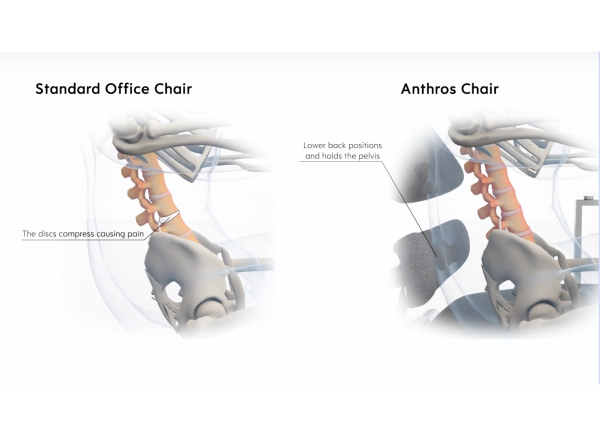
Pelvis Support: Targeted support that maintains spinal alignment and promotes healthy posture.
Adjustability: Ergonomic chairs offer adjustments for seat height, depth, armrests, and tilt angle, which ensure your chair fits you and supports your natural posture without the need for additional cushions.
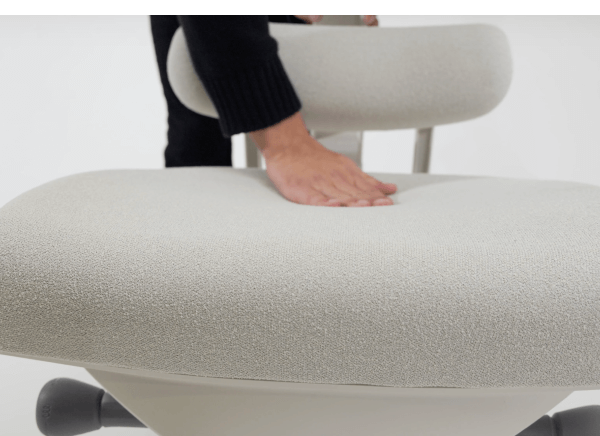
Instead of relying on an added cushion, invest in a chair that meets your body’s needs.
The Anthros chair is designed to optimize your seating experience by providing true biomechanical support for long-lasting comfort and better posture, reducing the risk of pain and injury over time.
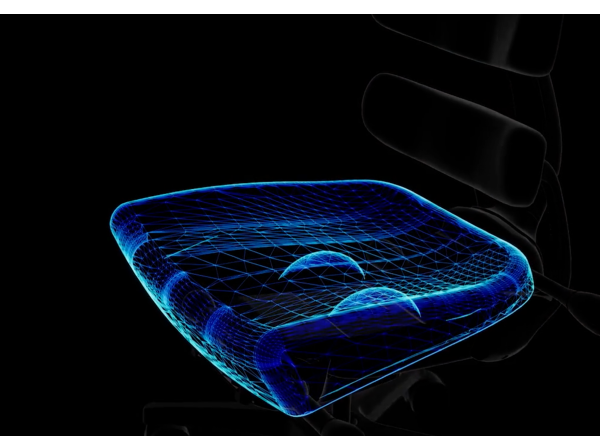
While it may seem like a harmless addition, adding a cushion to your chair can interfere with your body’s alignment, leading to a range of potential issues.
As a therapist and posture specialist, my recommendation is to start with a chair that prioritizes ergonomics and biomechanical design from the ground up.
When you sit in a chair that’s designed with your body in mind, you’ll experience real, lasting comfort—no cushion required.
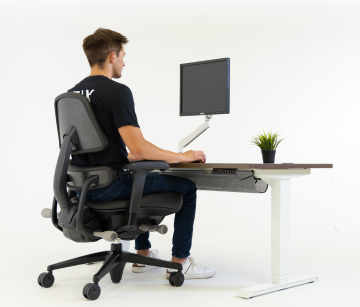
Recent Post
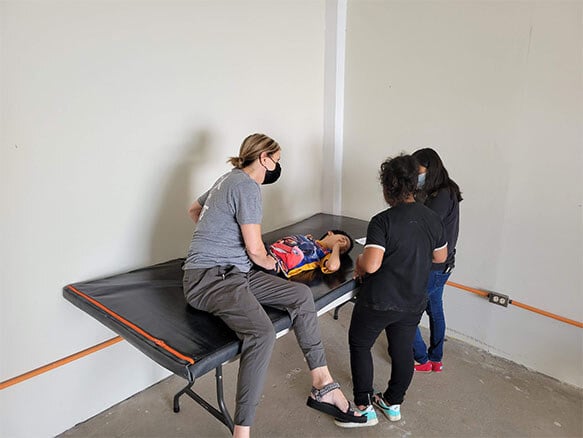
Four Lessons About Seating Everyone Can Learn from Wheelchair Users
September 18, 2025Working with wheelchair users has been an...

People Over Profits: Why Anthros Puts Comfort and Care First
September 17, 2025At Anthros, our mission is simple: to put people...




